Tired of Squirrels Wrecking Your Garden? Here’s What Actually Works
I’ve been at this gardening thing for a long, long time. And if there’s one thing I’ve learned, it’s that nature doesn’t give a hoot about your property lines. My first real lesson came from a single, particularly brazen gray squirrel. I’d poured my heart into what I was sure would be a perfect tomato patch. Then one morning, I walked out to a crime scene—nearly every single green tomato had been punctured with a tiny set of tooth marks. The little thief wasn’t even eating them, just ‘testing’ them out. That was the day I realized that being a good gardener also means being a student of wildlife.
In this article
Protecting your garden isn’t about waging war. It’s about understanding what drives these critters and then using that knowledge to gently, but firmly, guide them elsewhere.
Squirrels aren’t evil; they’re just incredibly good at their job, which is surviving. You almost have to respect their hustle, even when it’s making you see red. Through years of trial and error (so much error), I’ve figured out that a layered defense is the only way to go. There’s no single magic bullet. It’s all about making your garden more trouble than it’s worth. So, let’s walk through the methods that have saved my plants—and my sanity.
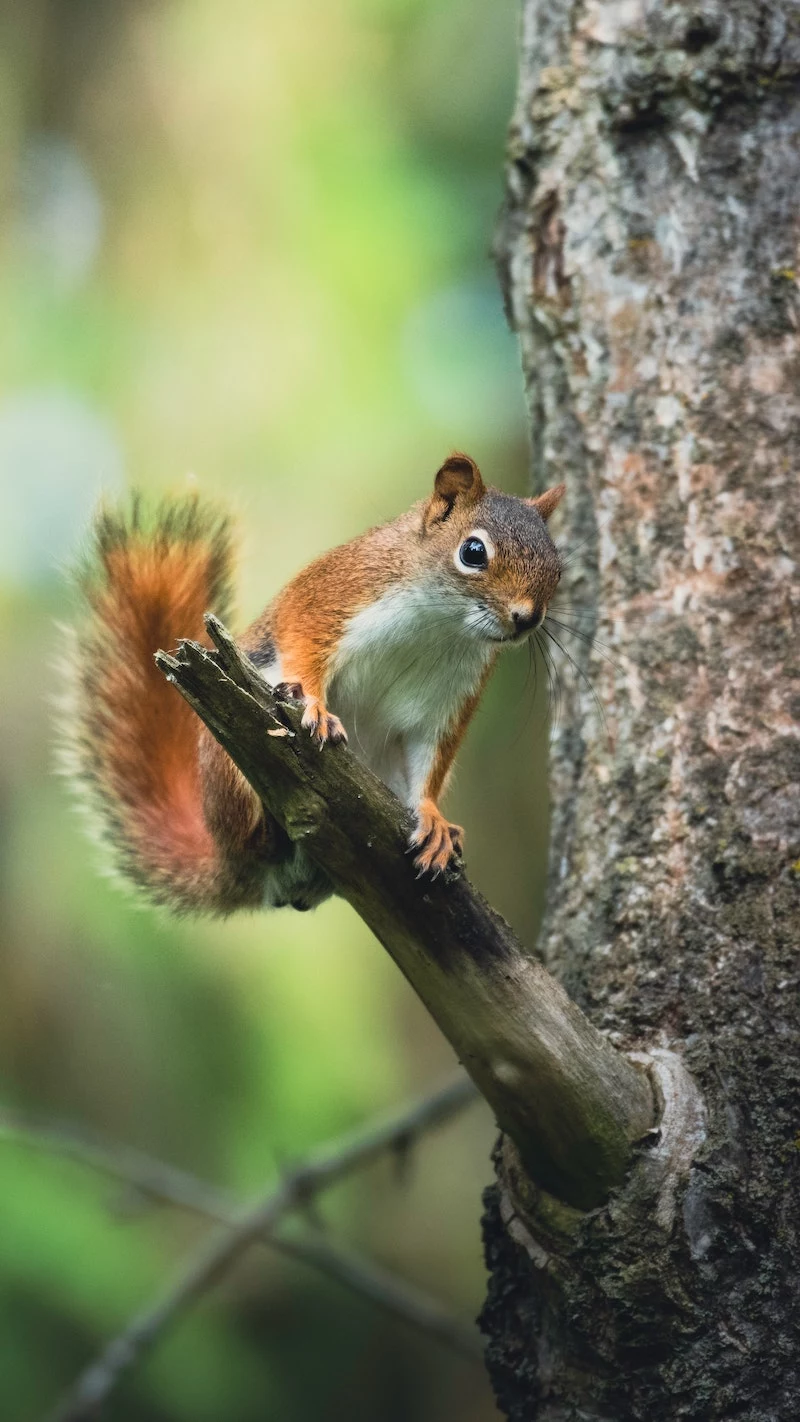
First, You Gotta Think Like a Squirrel
Before you can outsmart a squirrel, you have to get inside its head. Thinking of them as just furry pests is your first mistake. They are shockingly clever, unbelievably athletic, and powered by pure instinct. In North America, you’re probably up against Eastern Grays, Fox Squirrels, or Red Squirrels, and they all have similar goals.
A squirrel’s entire life is a non-stop search for food. In the spring and summer, your garden is a five-star buffet of flower buds, tender shoots, and, of course, your prized fruits and veggies. Come fall, they switch gears to high-fat foods like nuts and seeds that they can bury for the winter. This is when your bird feeder and newly planted bulbs become Public Enemy No. 1.
Oh yeah, and they have this behavior called ‘caching.’ Most squirrels are ‘scatter hoarders,’ meaning they bury one nut here, one nut there, all over their territory. Their memory is fantastic, but they don’t find everything they bury. Unfortunately, to a squirrel, your expensive tulip and crocus bulbs look and feel just like a nut. Freshly dug, soft soil is basically a giant neon sign that says, “PLANT YOUR TREASURES HERE!”
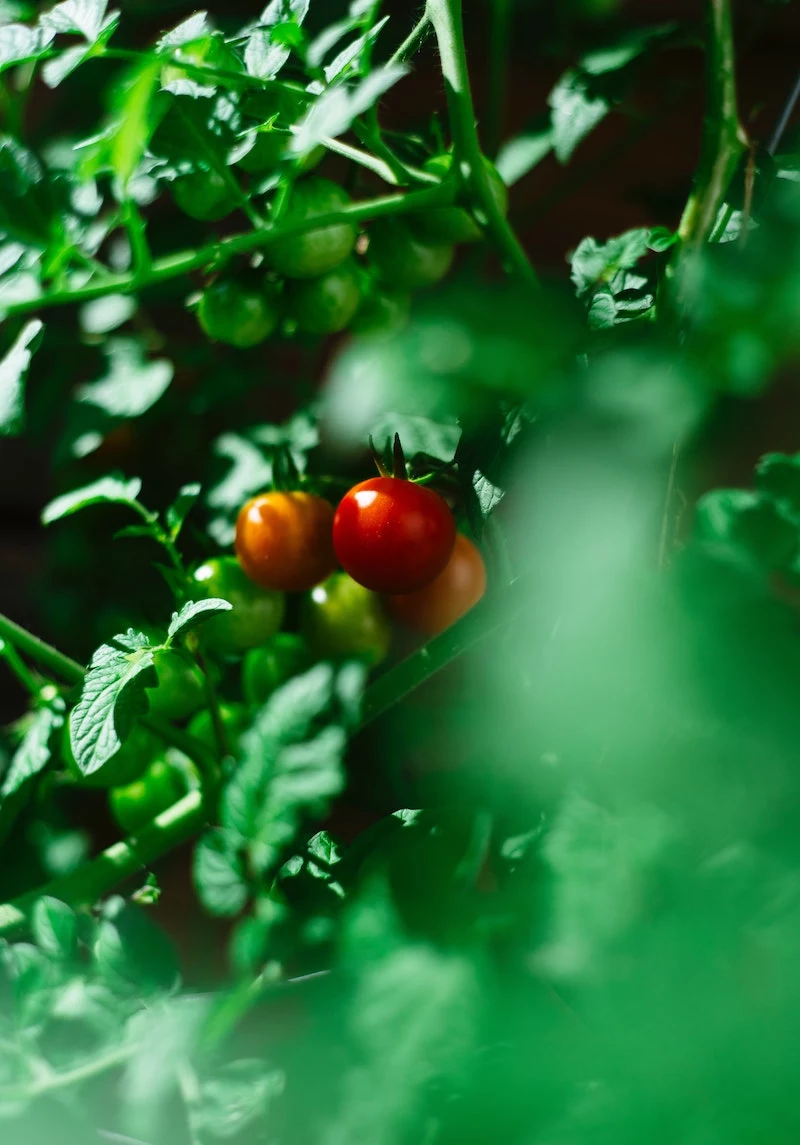
Their Superpowers are Real
Seriously, don’t underestimate their physical skills. A squirrel can leap about 4 feet straight up and nearly 10 feet across. They can scale almost any surface that isn’t slick metal or glass and treat telephone wires like a personal highway. And their front teeth never stop growing, so they have to chew on things to wear them down. That’s why they gnaw on wood, plastic, and even the occasional bit of metal. A barrier they can chew through isn’t really a barrier at all.
The Foundation: Make Your Yard Less Inviting
The best long-term strategy isn’t about fancy repellents; it’s about basic cleanup. It’s the least exciting step, but honestly, it’s the most important. You want to send a clear message: the all-you-can-eat buffet is closed.
Squirrels love an easy meal. If you have fruit trees, pick up any fallen fruit every single day. A pile of rotting apples is an open invitation. Same goes for nuts from oak or walnut trees—rake them up. Your trash and compost are also huge attractants. Get trash cans with secure, locking lids. I’ve seen a squirrel chew through a cheap plastic lid in one afternoon. Heads up: A simple bungee cord stretched across the lid is a great $2 fix for this.
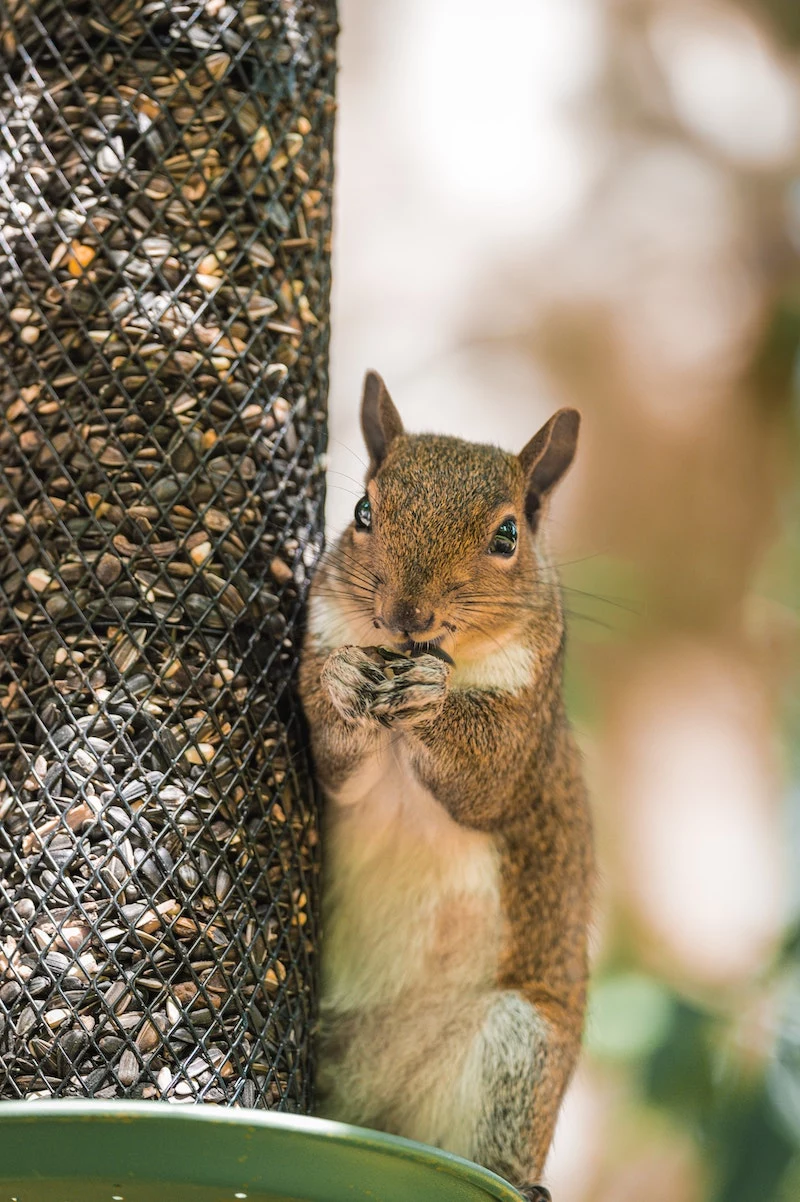
Your 10-Minute Squirrel Fix for Today
No, really. Go grab a bungee cord and secure your trash can lid right now. Done? You just eliminated a major food source. It feels small, but it’s a huge step in teaching them that your yard is no longer the local hot spot.
Next, look at your garden from above. How are they getting in? Often, they use overhanging tree branches as a bridge. The rule of thumb is to keep a gap of 6 to 8 feet between tree limbs and anything you want to protect, like your roof or garden fence. That’s usually too far for them to risk the jump. Also, check your fence line. Some people install commercial spinning devices along the top rail of a fence, which makes it impossible for them to get a foothold. If you’re curious, just google something like “fence-top squirrel spinner” or “squirrel guard for fence” to see what’s out there.
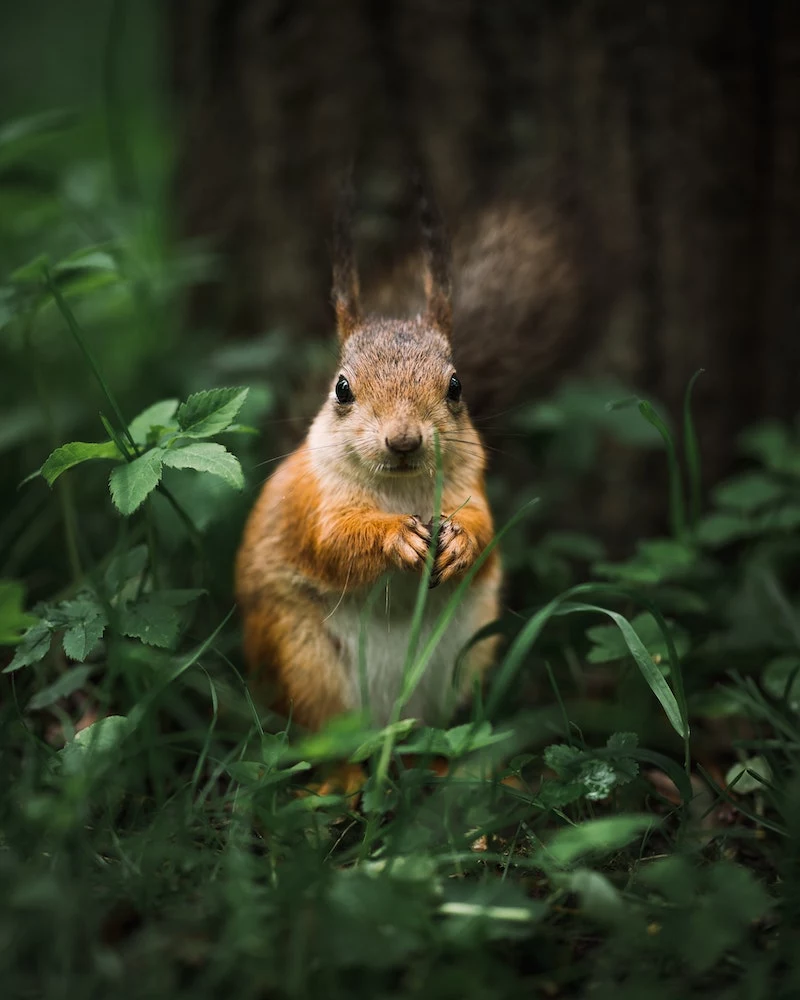
Using Their Senses Against Them (The Active Approach)
Once you’ve cleaned up the easy stuff, you can add layers of active deterrents. These use taste, smell, or fear to make your plants a miserable dining experience. Just know that these are not ‘set it and forget it’ solutions. They require regular effort.
Let’s be real about what works and what doesn’t. I’ve tried pretty much everything.
- What Works (Mostly): Hot Pepper Spray. This is my go-to. Mammals hate capsaicin—the stuff that makes chili peppers hot—but birds can’t taste it at all. It’s perfect. You can buy premade stuff, or just make your own. My recipe is simple: 1 small bottle of hot sauce or 2 tablespoons of cayenne pepper in a gallon of water, plus a few drops of dish soap to help it stick. Spray it right on the plants. Quick tip: This is safe for most vegetable plants, but it’s always smart to test it on a single leaf first if you’re nervous. And obviously, give anything you’re about to eat a good rinse!
- What Doesn’t Really Work: Pleasant Scents. People will tell you to use coffee grounds, peppermint oil, or vinegar. In my experience, these are a waste of time. A squirrel might be confused for a day, but hunger always wins. I’ve seen them dig right through a thick layer of coffee grounds for a bulb. Predator urine (like coyote or fox granules) can work for a little while, but squirrels are smart. When they smell a predator for weeks but never see one, they learn to ignore it.
- What Works (But Has Downsides): Motion-Activated Sprinklers. A sudden blast of water is highly effective. It just works. You can get a decent one online or at a home improvement store for between $40 and $80. The key is placing it so it covers the area you want to protect. The downside? It will also spray you, your kids, and the mail carrier if you forget it’s there.
- What’s a Waste of Money: Decoys. Please don’t waste your money on a plastic owl. A squirrel will be wary of it for about 24 hours. After it realizes the owl hasn’t moved, it becomes a new perch. I’ve literally seen squirrels sitting on top of them. The only deterrent that truly works is a real, unpredictable one—like your dog or cat running around the yard.
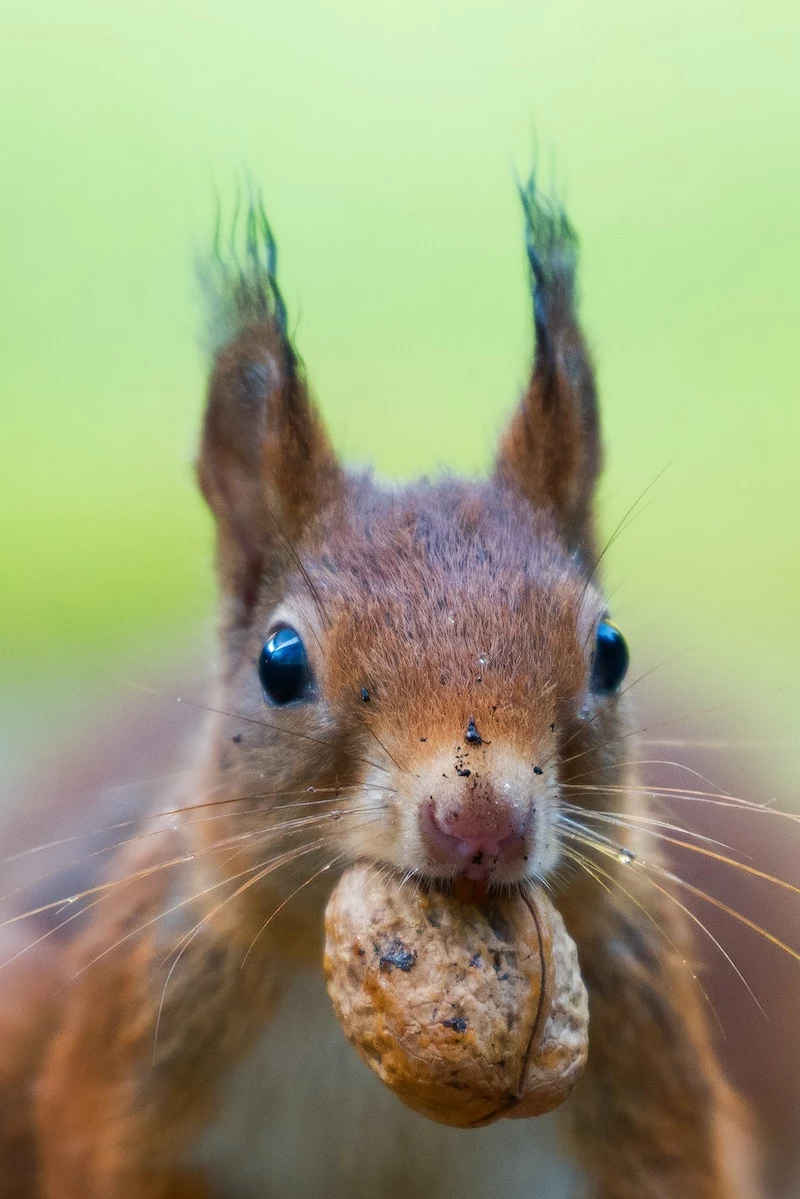
The Nuclear Option: When You Need a Guaranteed Fix
If you’re fed up with the games or you’re trying to protect high-value crops, physical barriers are the only 100% guaranteed method. This is more work and costs a bit upfront, but the peace of mind is priceless.
Fort Knox Your Veggie Patch
For a raised bed or a specific garden patch, a full enclosure is the ultimate answer. Forget flimsy bird netting or standard chicken wire; a determined squirrel can chew right through those. You need 1/2-inch or 1/4-inch hardware cloth.
Good to know: Hardware cloth is a rigid, welded wire mesh. You can find it in the fencing aisle at any big box hardware store like Home Depot or Lowe’s. A 10-foot roll will probably run you about $25. It’s the best money you’ll spend.
To build a cover for a raised bed, make a simple wooden frame that fits over the top and staple the hardware cloth tightly to the inside. Make sure there are NO gaps. For a standard 4×8 foot bed, a reasonably handy person can probably build a solid lid in 2-3 hours. It’s a weekend project that saves your harvest all season.

Protecting Bulbs from the Start
Spring bulbs are like candy to squirrels. The best way to protect them is to make a simple ‘bulb cage’ out of that same hardware cloth. It’s a one-time job that protects your investment for years.
- Dig your hole a few inches wider and deeper than the bulb’s packaging says.
- Cut and fold a piece of hardware cloth into a little open-topped box and place it in the hole.
- Pop your bulbs inside the box and cover them with soil as usual.
- For extra security, you can lay another flat piece of the mesh over the top of the soil. The plant stems will grow right through it, but the squirrels can’t dig down.
When to Call in the Pros
Look, messing with your tomato plants is one thing. But if squirrels get into your attic, walls, or crawlspace, it is no longer a garden-variety problem. This is serious. They can chew electrical wires and cause massive damage. This is when you stop DIYing and call a professional wildlife control company. They know how to safely and humanely remove the animals and—most importantly—find and seal every possible entry point so they can’t get back in.
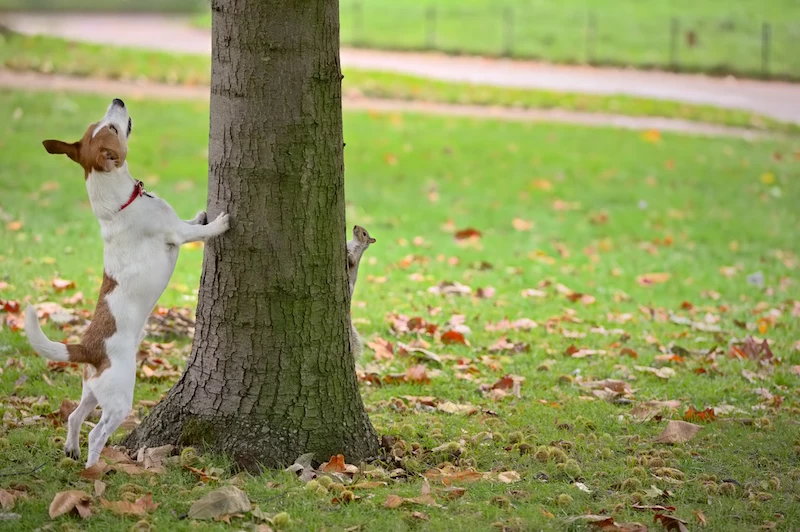
By the way, check your local laws. In many places, it’s illegal for you to trap and relocate wildlife. It’s often a death sentence for the animal anyway. Let the pros handle it if it gets to that point.
My Final Take: Finding a Balance
After all these years, I’ve made a sort of peace with the squirrels. I use physical barriers—the hardware cloth forts—to protect the things I care about most, like my vegetable garden and the fancy tulips. For the rest of the yard, I practice a little tolerance. I plant a few extra flowers, knowing some might get ‘pruned’ by a curious critter. This layered approach lets you protect your hard work without driving yourself crazy. It brings the focus back to the joy of gardening, which is the whole point, isn’t it?
Inspiration:
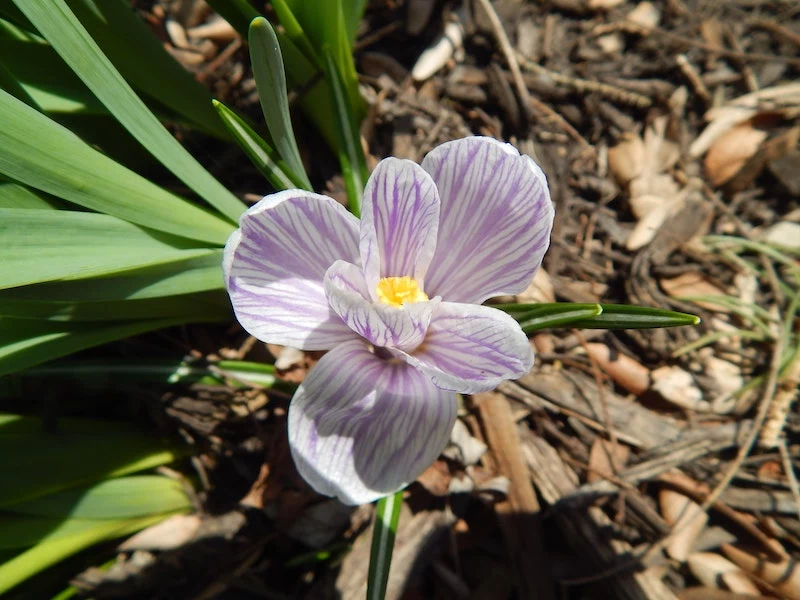

Chicken Wire: A budget-friendly and flexible option, great for creating loose covers over freshly planted bulb beds or building simple fences around raised beds. However, its larger hexagonal openings can sometimes be squeezed through, and a very determined squirrel might chew through the thin wire.
Hardware Cloth: This is the heavy-duty solution. A rigid, galvanized steel mesh, hardware cloth is more expensive but virtually indestructible. For true peace of mind, choose a tight 1/2-inch or 1/4-inch mesh to build underground bulb cages or secure the base of planters. It’s the definitive choice for protecting high-value crops.
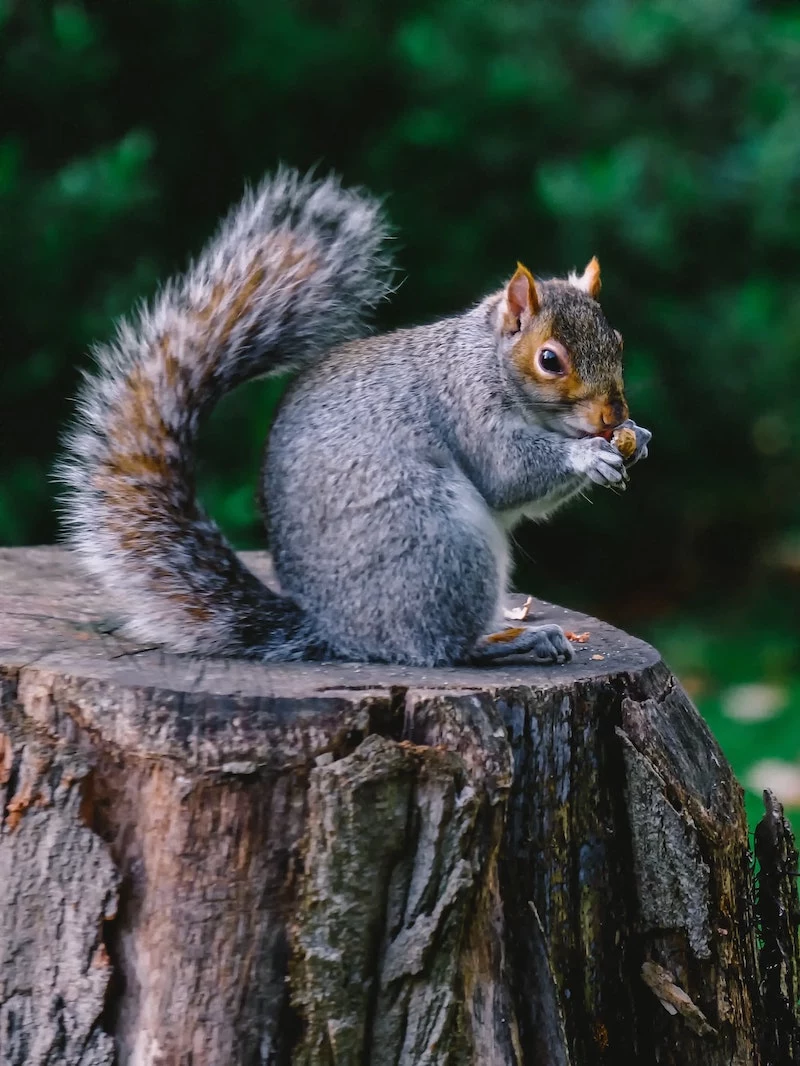
Did you know? Squirrels have an aversion to the strong scents of certain flowers. Their sensitive noses are overwhelmed by the potent aromas of plants in the allium family and some popular annuals.
This provides a beautiful and natural layer of defense. Interspersing your vegetable rows and flowerbed borders with garlic, chives, ornamental onions (like ‘Globemaster’), marigolds, and nasturtiums can create a fragrant barrier that makes squirrels think twice before crossing. They may simply decide your garden isn’t worth the sensory assault and move on to a less pungent buffet.
Sometimes the most effective defense is a good offense—against their taste buds. You can easily mix up a potent deterrent spray in your kitchen that won’t harm your plants.
- In a one-gallon jug, combine water with 2 tablespoons of cayenne pepper powder or a small bottle of hot sauce.
- Add a teaspoon of a mild liquid soap (like basic blue Dawn) which acts as a sticker, helping the mixture adhere to leaves.
- Shake well and apply with a garden sprayer to the leaves and stems of targeted plants. Just remember to reapply after it rains!










